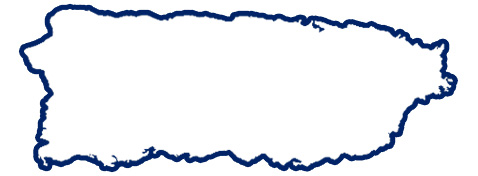- Personal
- AccountsHow can we help you?ToolsMy Online Bank 24/7
- Access your accounts
- Deposit and withdraw
- Pay your bills
- Transfer funds from your accounts
- Credit Cards & LoansHow can we help you?ToolsApply for a personal loan to consolidate your debt
- From $2,000 up to $75,000
- 12 to 84 months’ terms
Benefits for credit card customersLearn more - Insurance & InvestmentsNeed insurance?Plan for the futureQuote an Insurance
Contact one of our representatives.
Insurance ClaimsBegin your claim here, call 787.706.4111 (dial 1 for Customer Service) or visit our offices on workdays, Monday through Friday from 8:00 a.m. to 5:00 p.m.
- ServicesTargeted SegmentsMore ServicesMy Online Bank 24/7
- Access your accounts
- Deposit and withdraw
- Pay your bills
- Transfer funds from your accounts
Turns and Appointments in branchesLearn more
- Accounts
- Business
- Popular One
- About us

How can we help you?
Third decade
1913 to 1923
Puerto Rico
- World War I lasted from 1914 to 1918. Some Puerto Rican soldiers saw action, and the Puerto Rico’s 65th Infantry Regiment, “The Borinqueneers”, was stationed in Panama.
- Because of the 1917 Jones Act, Puerto Rico was declared a territory of the United States, organized but not incorporated. Puerto Ricans were granted U.S. citizenship and the right to serve in the military. Elections were established every four years and English was declared the official language.
- The Foraker Act still governed fiscal and economic matters on the island.
- In this decade, the first payphone was installed in Puerto Rico, and the newspapers El Imparcial (1918) and El Mundo (1919) were founded.
- The Puerto Rican National Guard and U.S. Army Reserve Officers Training Corps (R.O.T.C.) were established, and participation was made compulsory for university students.
- The sewing industry started in earnest, and because of its relationship to the labor and suffragette movement, Puerto Rican women began their fight for equality and the right to vote.
- The United States restricted European immigration, which prompted the mass migration of Puerto Ricans in search of work, primarily to New York.
- In 1922, the first radio station on the island, WKAQ, was inaugurated.

Banco Popular
- Popular continued to operate as a small bank in San Juan, but the first seven years of the decade were a bonanza. Deposits increased and the Bank began to offer more ambitious services, such as loans to sugar growers.
- In these years, five new banks began operation in San Juan, San Germán, Yabucoa, Aguadilla, and Ponce.
- Banco de Ponce opened its doors in Ponce in 1917.
- By 1921, the sugar industry in Puerto Rico had declined precipitously, and this slowdown was catastrophic for banks who had granted loans. The end of Banco Popular’s third decade was very difficult for the institution.
- In compliance with the 1923 Bank Act, Banco Popular de Economías y Préstamos changed its name to Banco Popular de Puerto Rico.

Music
- With migration and the dawn of radio in Puerto Rico came musical interchange. People began to listen to all genres of music in Puerto Rico; the countryside listened, the coast listened, the capital listened…
- The diaspora favored music from home, while in Puerto Rico people opened to American music.
- There was a boom in the bolero, mostly songs from Rafael Hernández and Pedro Flores.
- Puerto Rican folklore was lost with the Americans who settled on the island, although the local music was still played in the mountains and on the coast.
- There was a marked rise in interest in American jazz and Argentine tango. Juan Tizol, a composer, arranger, and trumpeter, stood out.

Christmas Tree
- Starting in 1910, people wanted to have larger Christmas trees in their homes.
- Handmade ornaments were developed, including luminous wreaths, dove wreaths made from corn and berries, golden nuts, blown glass German ornaments, and crepe paper cut into shapes.
 Puerto Rico
Puerto Rico 


